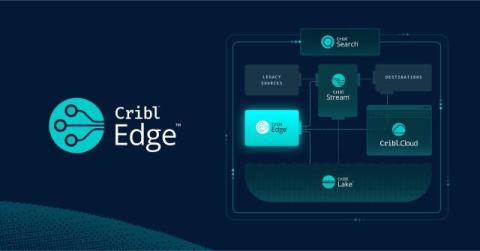Getting started with OpenTelemetry in SigNoz was quick & easy
Cedana, a YCombinator-backed startup, offers an automated system for saving, migrating, and resuming compute workloads to ensure operational reliability during hardware failures. By enabling seamless recovery and continuity, Cedana optimizes real-time computational tasks across various environments. To ensure operational stability and continuous performance, Cedana uses SigNoz to monitor its infrastructure comprehensively.











